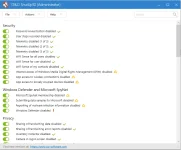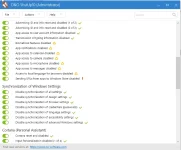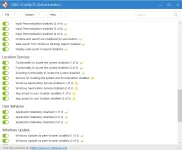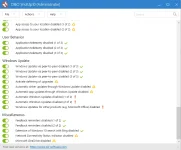I originally tried Win 10 to do a complete install and decided against it when it required a complete install of all my programs. Just for the record, I have Winxp 64 bit. Win Xp8 and Win 7 on various drives.
I recently received an upgrade from MS and decided to try it. First I made a backed up for WinXP 7.
During the upgrade MS said I had to delete Acronis backup or it would not continue the install. Did so and continued.
So..... did the upgrade and it deleted my Kaspersky, without permission. Plus many other progs.
Since I had made a backup prior to the upgrade, I thought I would be safe. I tried a restore..
Guess what? MS does not allow a restore. It blocks any access to any other boot disk. Any restore software is blocked by MS.
Used a cd to try a new restore and hit a brick wall.
After many attempts to boot to a clean OS, I some how have managed to boot to XP.
Tomorrow will try to boot with a cd and format the Win10 drive.
F*** MS
I recently received an upgrade from MS and decided to try it. First I made a backed up for WinXP 7.
During the upgrade MS said I had to delete Acronis backup or it would not continue the install. Did so and continued.
So..... did the upgrade and it deleted my Kaspersky, without permission. Plus many other progs.
Since I had made a backup prior to the upgrade, I thought I would be safe. I tried a restore..
Guess what? MS does not allow a restore. It blocks any access to any other boot disk. Any restore software is blocked by MS.
Used a cd to try a new restore and hit a brick wall.
After many attempts to boot to a clean OS, I some how have managed to boot to XP.
Tomorrow will try to boot with a cd and format the Win10 drive.
F*** MS





